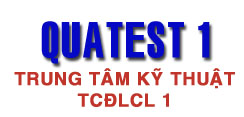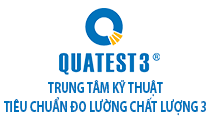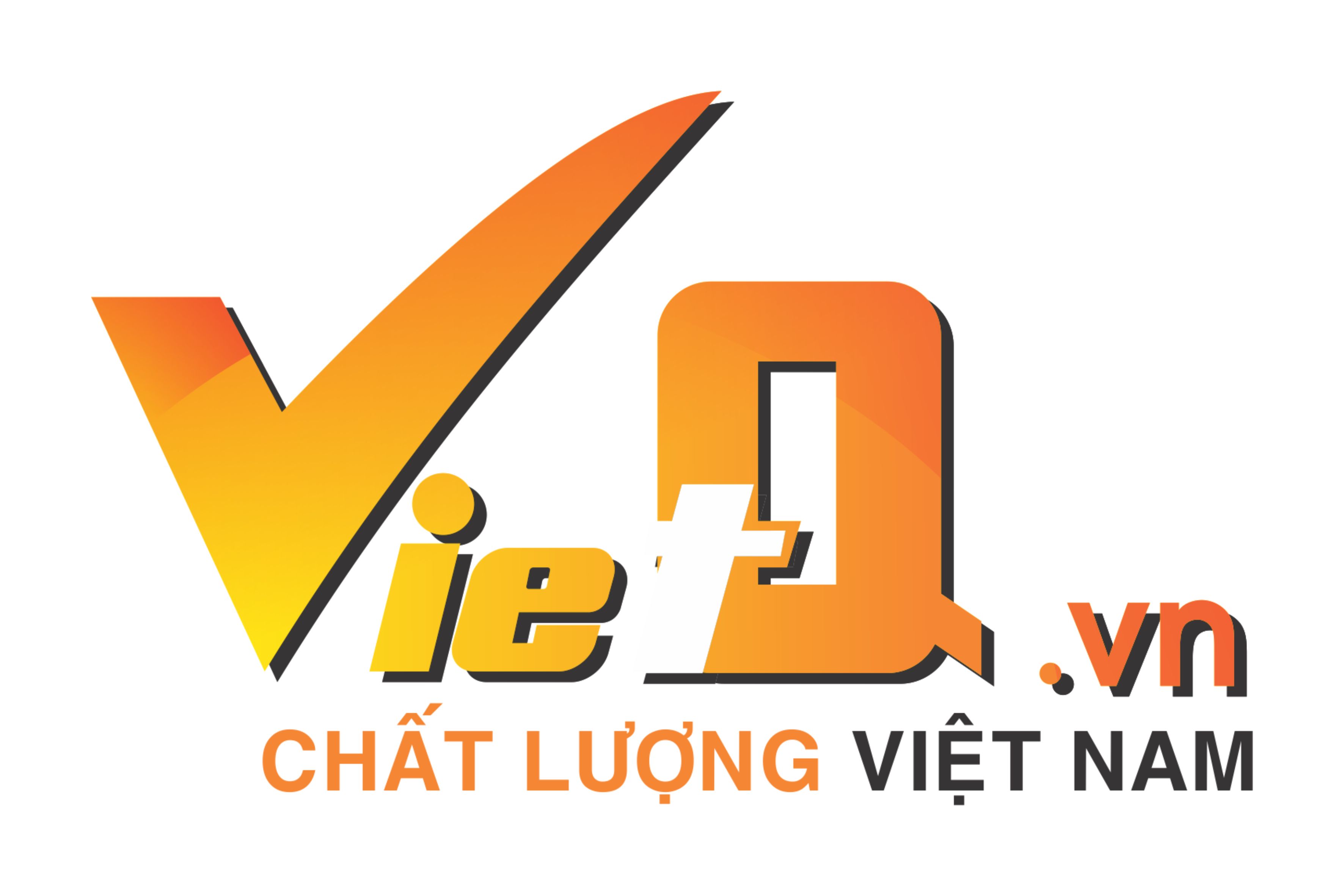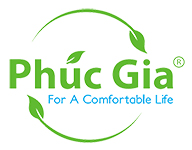The textile industry is forced to change to adapt to the times
Post date: Thursday, Nov 30, 2023 | 23:48 - View count: 258
Textile and garment is an industry whose export turnover has continuously increased over the past 20 years but is facing many challenges of the times. To survive and develop, the textile industry is forced to change to compete with other countries.
On the afternoon of November 30, in Ho Chi Minh City, Quatest 3 Center – Directorate of Standards, Metrology and Quality coordinated with Hanoi University of Textile and Garment Industry to organize a seminar “Research trends to improve productivity in the textile industry to improve competitiveness in the context of digital transformation and sustainable development.
At the Conference, experts recognized and evaluated the development and changes of the textile industry over the past time. Specifically, textile and garment is one of Vietnam’s key export industries, ranking in the top 3 of the world’s largest textile exporting countries, and is also a major contributor to job creation and export turnover.
Dr. Hoang Xuan Hiep, Principal of Hanoi University of Textile and Garment Industry, said that textile and garment is an industry with export turnover continuously increasing for 20 years. Each year, the industry’s average growth rate is 17.2%. In 2020 export turnover will reach 35.3 billion USD, in 2021 it will reach 40.5 billion USD, in 2022 it will reach 44.4 billion USD. Textile and garment is also the industry with the fastest growing number of enterprises, from 5,854 enterprises in 2010 to 13,801 enterprises in 2021. Of these, 89.2% of enterprises currently have less than 200 employees.

According to Dr. Hoang Xuan Hiep, the competitive tool of Vietnamese textile and garment enterprises is to improve productivity, quality, increase the localization rate and fashion the textile industry. From 2010-2021, Vietnam’s labor productivity increased 2.09 times, labor decreased from 93,000 ng/billion USD to 44,581 ng/billion USD.
In the coming time, Vietnamese businesses will need more tools to green textiles and garments. European countries have very clear regulations on product recycling rates. Are Vietnam’s textile and fiber products “green”? This will be an issue that needs in-depth research for Vietnam’s textile and garment industry to access the world market.

Speaking at the conference, Dr. Ha Minh Hiep, Acting Director General of the Directorate for Standards, Metrology and Quality, also commented that the productivity calculated according to added value of the textile and garment industry is still low. In particular, in the context of the 4.0 industrial revolution, the trend of rapid transformation of the global supply chain to a green, sustainable supply chain, competition between countries is increasingly fierce.
Meanwhile, types, standards, environmental/ecological labels issued for products in the supply chain, raw materials (cotton, fiber…), production processes and products are being applied by developed countries. currently used according to sustainable development standards. Therefore, Vietnamese textile and garment enterprises need to innovate products, processes, and marketing to suit the times and reach today’s customers.

Dr. Pham Minh Hien, an expert at the Australian Scientific and Industrial Research Organization (Csiro), also said: Consumers and industries are increasingly focusing on sustainability and practicing circular fashion. For many years, textiles and garments have been considered an industry with large greenhouse gas emissions. According to the Global Fashion Agenda, the fashion industry’s greenhouse gas emissions are expected to increase by 50% by 2030, with the industry consuming 4% of global clean water (2nd among industries). , accounting for 8 – 10% of global greenhouse gas emissions.
Not only fashion but many other industries are currently being impacted by 5 main trends: Sustainability and circular fashion, geopolitical trade fluctuations, digitalization of Industry 4.0, professional consumers with the ability to Mass customization, advanced materials. Therefore, the sustainable fashion model was born in the urgent need to join hands to protect the environment and save resources.

According to the World Economic Forum’s 2022 American consumer survey, consumers across generations are willing to pay more for environmentally friendly products. Nearly 30% said they would stop buying products from brands that do not guarantee ethical and sustainable issues. This number is much higher than a similar survey in 2020.
Adopting a circular economy not only positively impacts the environment, it also provides opportunities for new revenue streams and enhances brand reputation in the growing market for sustainable products. The market for circular fashion could reach AUD 569 billion by 2030.
To meet the requirements of the times, experts and business representatives agree that Vietnam’s textile and garment industry must change to adapt. In particular, technological innovation is a necessary factor to improve labor productivity, enhance competitiveness and innovate products.
A representative of a wool carpet manufacturing company admitted: The textile industry is no longer attractive to human resources like before. Human resources can also be transferred to other industries. Only innovation in technology and machinery can increase productivity and quality and maintain the company’s operations.




















